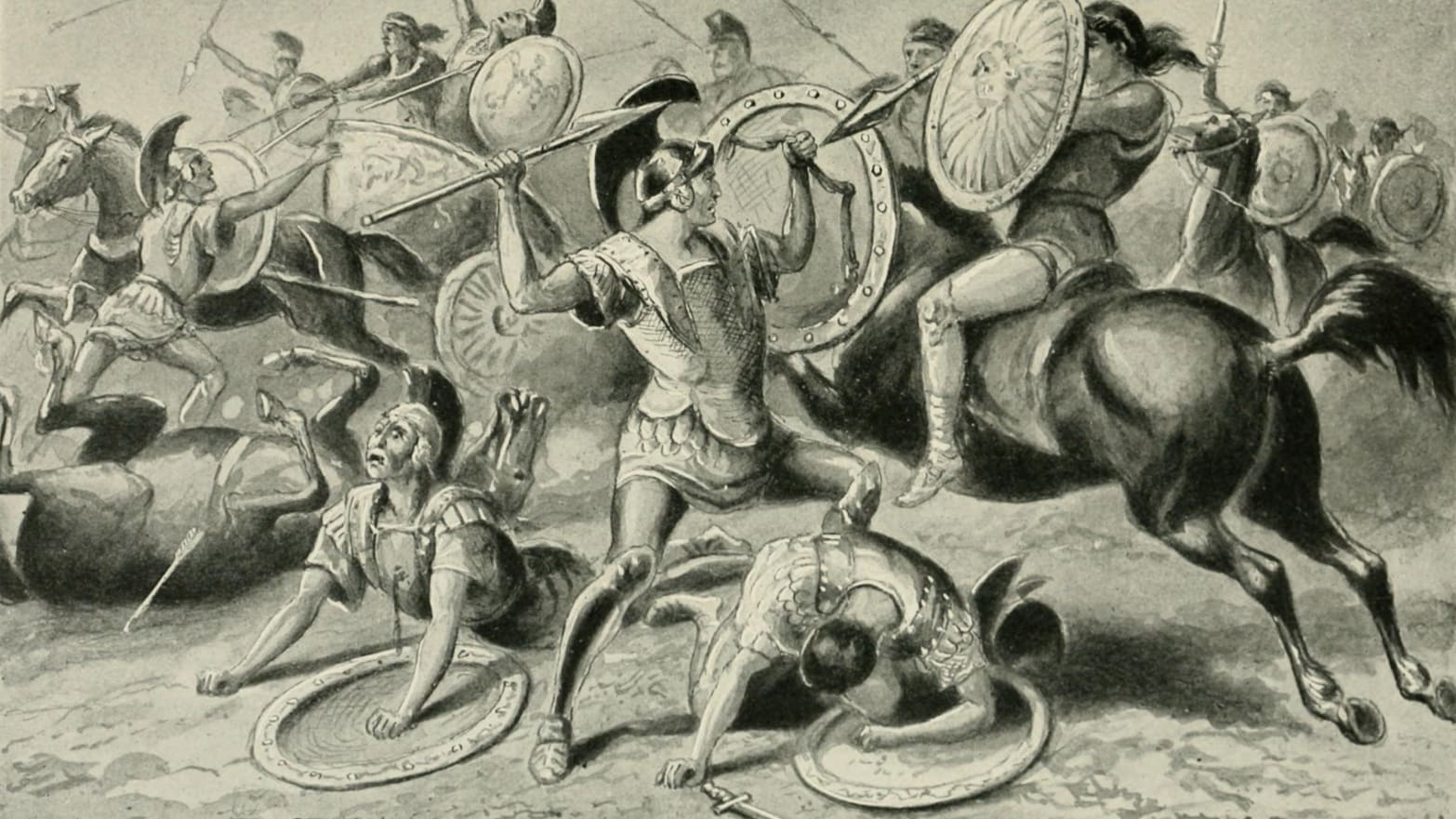
Space Perspective's test article for a planned passenger airship called Neptune is shown during a test on Friday at Space Coast Regional Airport. Photo courtesy of Space Perspective

A conceptual image shows the Spaceship Neptune, a project of aerospace firm Space Perspective, suspended from a hydrogen balloon in the stratosphere. Image courtesy of Space Perspective
ORLANDO, Fla., June 18 (UPI) -- Space tourism company Space Perspective successfully flew a prototype of its giant stratospheric balloon 20 miles high over Florida early Friday, the company announced.
The balloon lifted off at 5:23 a.m. EDT from the Space Coast Regional Airport near Kennedy Space Center and splashed down 6 hours and 39 minutes later in the Gulf of Mexico, the company reported. Crews recovered the balloon and a test article representing the Neptune capsule that eventually may carry people
The test of the prototype, Neptune One, kicks off an extensive test campaign, company co-founder Jane Poynter said in an interview before the test. She said Space Perspective aims for its first crewed flight in 2023 and first commercial flight in 2024.
"These test flights are designed to make sure that the particular geometry that we using, the shape of the capsule, will fly as we plan it to and splash down as planned, so there's nothing to take us by surprise later," Poynter said.
RELATED Space tourists might rise above Earth with hydrogen balloons
Exciting Announcement! We successfully completed our first, historic #Spaceship #NeptuneOne #TestFlight reaching 100,000 feet!
Making the first steps for #SpacePerspective towards flying #SpaceExplorers to space for an unrivaled experience.https://t.co/lcWuGKPtDP pic.twitter.com/Iz5ayCzavz— Space Perspective (@SpacePerspectiv) June 18, 2021
Space Perspective has joined a growing number of companies that plan to conduct space tourism, with the important qualifier that it would only bring passengers to the edge of space. The test flight height of 20 miles falls short of the definition of space -- which is the Kármán line at 62 miles high.
RELATED Balloon firm plans test to later take tourists to edge of space
The leaders are Blue Origin, which intends to fly its CEO, Amazon founder Jeff Bezos, to space in July, Elon Musk's SpaceX and Richard Branson's Virgin Galactic.
Space Perspective intends to be the most affordable option at roughly $125,000 per ticket, whereas Blue Origin and SpaceX so far have multimillion-dollar seat prices, and Virgin Galactic proposes prices over $250,000. Space Perspective plans leisurely, six-hour flights, whereas the other companies launch on rocket engines.
The test flight on Friday also carried a few science payloads, such as an ozone sensor for the physics department at the University of Northern Florida in Jacksonville and experiments proposed by high school students that were selected through Virginia-based non-profit Higher Orbits, according to Space Perspective.
The company's announcement also carried a note of congratulations from Frank DiBello, president and CEO of Space Florida, the state's development agency for space.
"We look forward to the coming milestones for Space Perspective as they prepare to take private citizens to space," DiBello said.

























